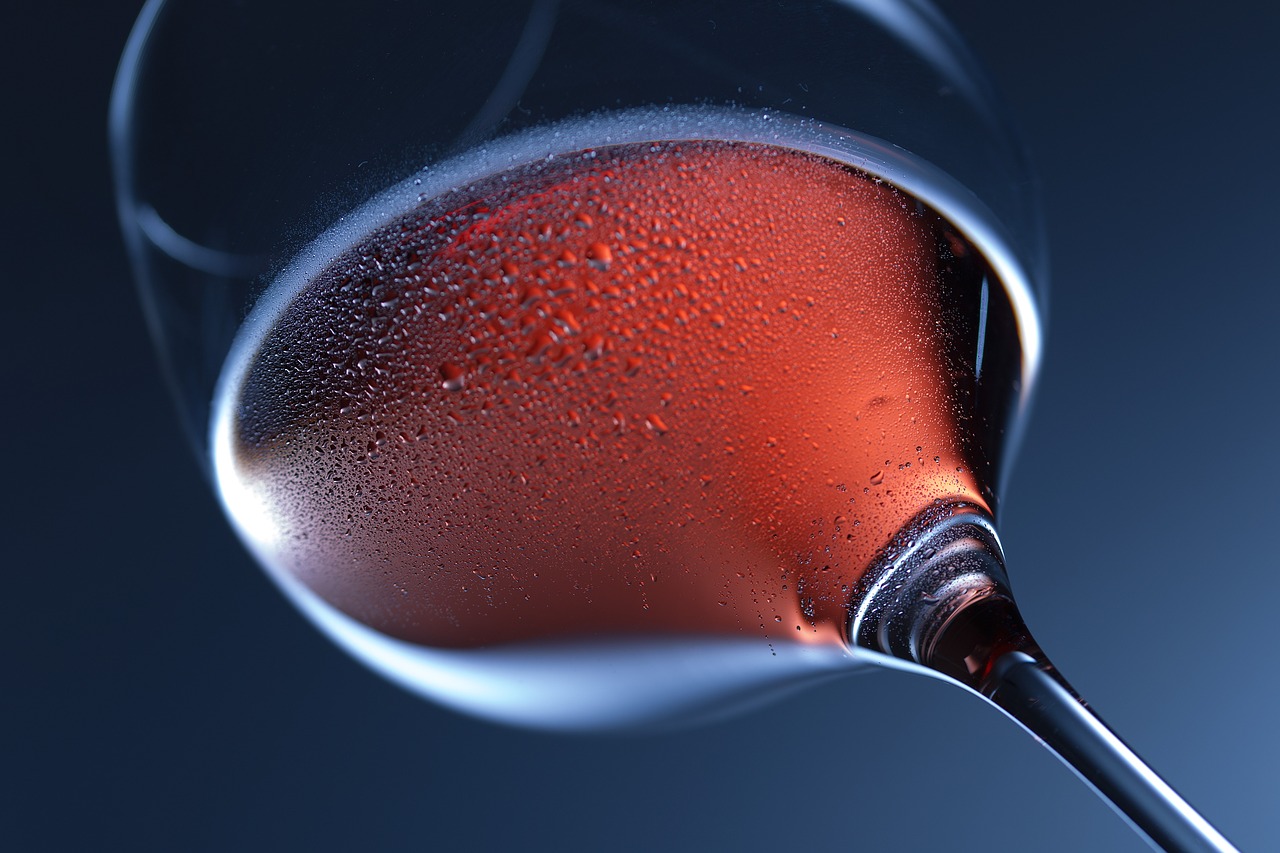La vinificazione è il processo che trasforma l’uva in vino. I fattori fondamentali per ottenere dei vini sono molti:
- la varietà dei vitigni;
- la varietà dei terreni;
- dei microclimi, etc.
Tuttavia la vinificazione, la scelta del tipo del contenitore e del materiale costitutivo sono gli elementi fondanti per la realizzazione dei vini rossi e bianchi.
La vinificazione del vino rosso
Ciò che distingue la vinificazione del vino rosso da quella del vino bianco è la macerazione, ossia il contatto delle bucce con il mosto, le quali forniscono il colore e i tannini al vino rosso.
Questo tipo di vinificazione richiede un tempo maggiore di macerazione, rispetto ad esempio ai vini rosè che vengono vinificati lasciando macerare le bucce in un tempo molto minore.
Il processo di vinificazione del rosso si può riassumere in pochi processi:
- raccolta dell’uva;
- diraspapigiatura: il processo di pigiatura e diraspatura;
- mosto con vinacce;
- fermentazione con macerazione delle bucce;
- varie correzioni e stabilizzazioni.
Terminata questa fase, il vino rosso passa all’affinamento che può avvenire in diversi modi. Se si volesse ottenere un vino rosso molto strutturato si dovranno utilizzare i legni come il tonneaux o il barrique per un determinato periodo, in base alla tipologia di vino che si intende ottenere.
LEGGI ANCHE: La riproduzione della vite: tecniche e ciclo di vita
L’ultimo passaggio è quello dell’affinamento in bottiglia.

Foto di Dirk Wohlrabe da Pixabay
Il vino bianco
A differenza del precedente caso, la vinificazione del vino bianco viene ottenuto eliminando determinati processi ed inserendone di altri. Ciò che distingue principalmente la vinificazione del bianco dal rosso riguarda la fermentazione, la quale non viene fatta con il contatto tra il mosto e le vinacce.
Queste ultime infatti vengono eliminate quasi immediatamente tramite una pressatura soffice delle uve. Successivamente avvengono i consueti trattamenti e le correzioni del mosto, il quale fermenta ad una temperatura inferiore rispetto al rosso, intorno ai 18-20 °C.
Se si volesse ottenere un vino bianco di maggiore personalità, si può prevedere una breve macerazione pellicolare (non più di qualche ora) del succo dell’uva a contatto con le bucce per permettere l’estrazione dei pigmenti e delle sostanze odorose.

Add Comment